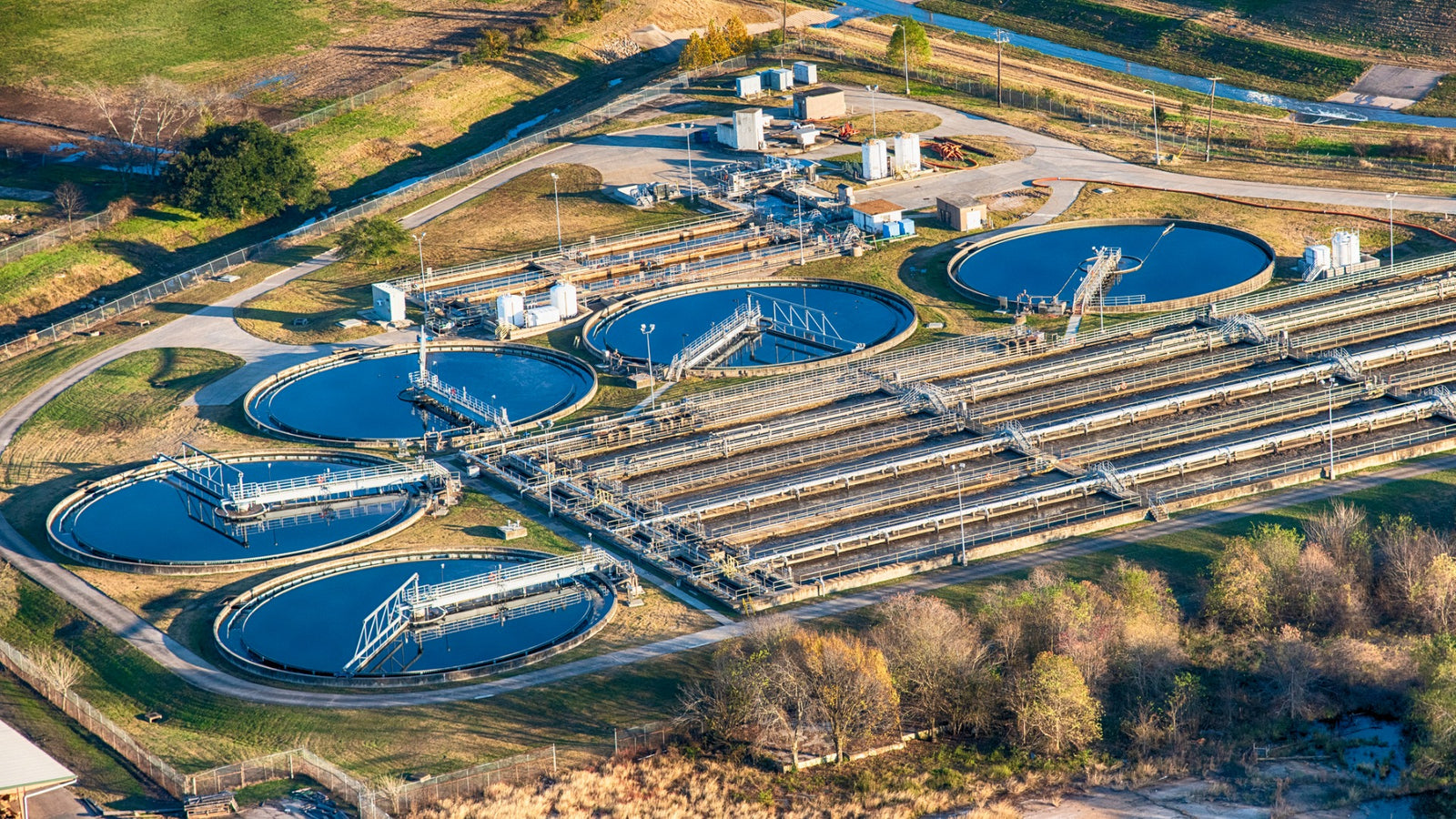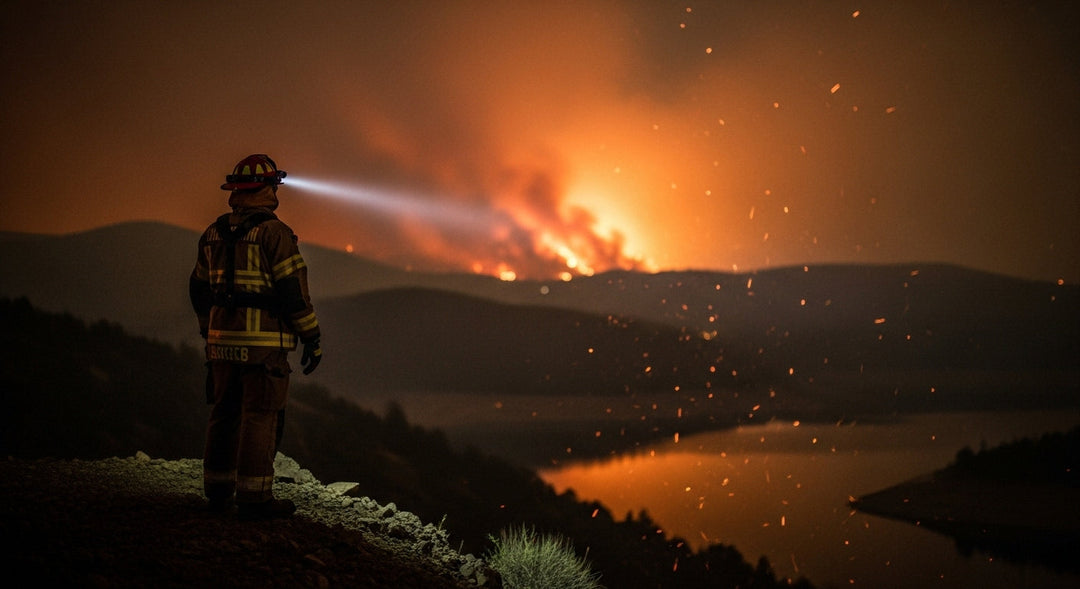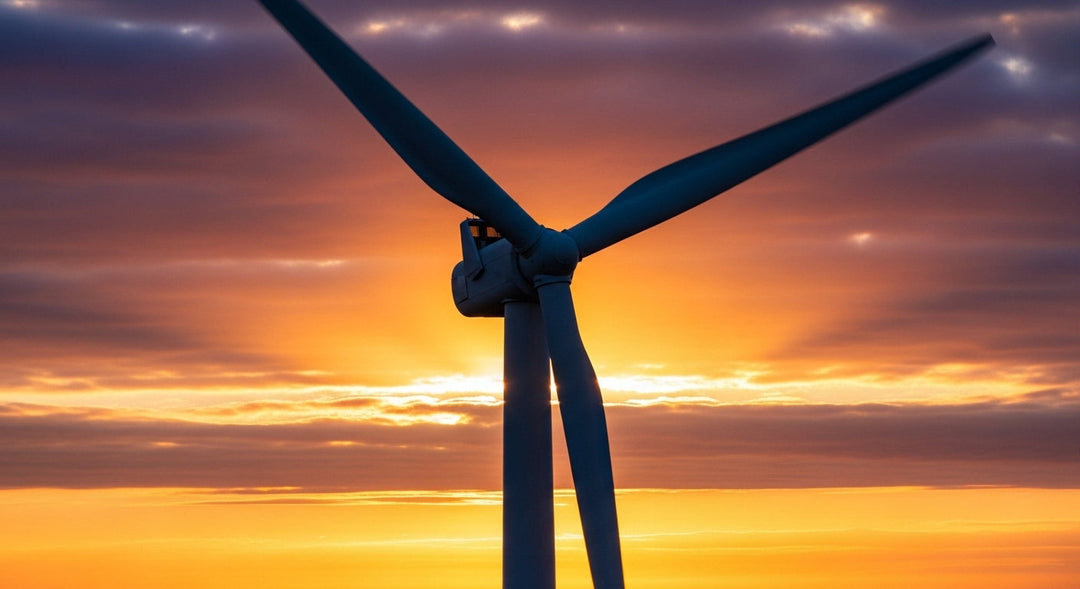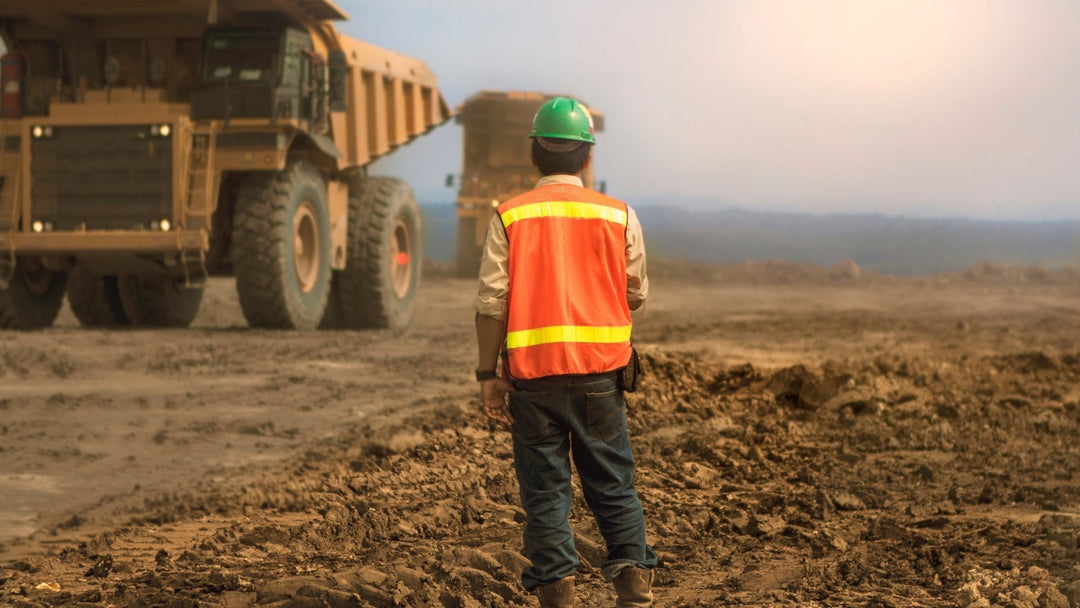Improving Our Water Infrastructure

We tend to neglect water infrastructure until a crisis occurs, so inefficiencies and threats to public safety build up over time. The Global Water Partnership and the OECD estimated economic losses from water management issues at a staggering $474 billion a year. By repairing water infrastructure, confronting local scarcity, and preparing for climate change, we can create sustainable economic growth and new jobs.
Aging Infrastructure Poses Economic Risks
Many parts of the world with ample local water resources nonetheless suffer significant losses due to decaying water infrastructure. High levels of lead and inadequate water treatment were responsible for the water crisis in Flint, Michigan. Poorly maintained dams and pipelines can also lead to floods that are more deadly than droughts in the short-term.
The American Society of Civil Engineers (ASCE) estimates that there are 240,000 water main breaks per year in the United States alone. It helps to put the cost of these disruptions in perspective. A nationwide day without water would cost the US an estimated $22.5 billion in lost GDP. Unfortunately, the cumulative effects of breaks, leaks, and decay are actually much more damaging.
According to the ASCE, keeping US water infrastructure in good repair would save American businesses $94 billion per year. Finally, repairing the aging infrastructure can help to prevent local water shortages.
Local Scarcity: The Immediate Challenge
In the short-run, an increasing number of local governments face water scarcity issues. For example, California suffered from a severe drought between 2014-2017. Much of the American Southwest will have to deal with a broader crisis if the water level of Lake Mead continues to fall. A successful $1.35 billion project to add a “last straw” beneath the lake only staved off disaster.
Another hot spot for local water scarcity is Central Asia, where the Aral Sea has already suffered terrible damage. China’s Belt and Road Initiative promises to bring economic development, but it also places significant demands on local water resources. It is crucial to avoid repeating the Soviet Union’s mistakes with the Aral Sea. The keys to dealing with local shortages are better planning and systems that can adapt to temporary fluctuations. Developing more robust water systems will also help us to prepare for climate change.
Global Climate Change: The Long-Term Threat
Water infrastructure is becoming more critical as the consequences of climate change increase. The World Bank estimated that it would cost up to $100 billion per year to deal with a 2 ºC higher global temperature. Lake Chad in Africa may be an early victim of climate change. The water mass of the lake has declined by more than 90% during the last 50 years.
Developing countries may be able to tap into the multi-billion-dollar Green Climate Fund to build water infrastructure. Climate change is a new challenge for all local governments, and EHI’s consultants can help to develop appropriate funding methods. In the developed world, green asset-backed securities may offer a way to fund ambitious long-term projects. Regardless of location, it is increasingly essential to “waterproof” infrastructure investments to protect them from climate change.
Sustainable Economic Growth and Jobs
It is often claimed that protecting the environment costs jobs, but there is strong evidence that building water infrastructure boosts economic activity. Studies by Hatch, AECOM, and PA Consulting indicate that $1 million invested in water projects generates between 15 and 18 jobs.
EHI Corp. has the technical skills and management experience to assist governments in developing infrastructure that supports sustainable growth. Our network of socially-responsible contractors can help to build water infrastructure that is safe, efficient, and ready for climate change.










